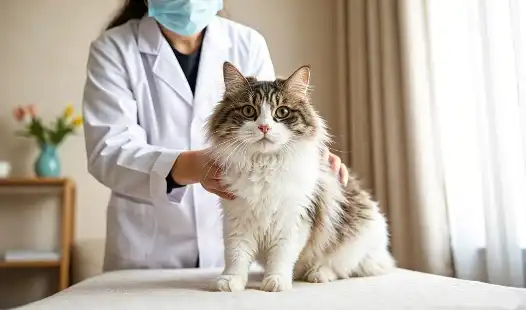How to reduce stress and pain during GS-441524 injections?
Sources of Stress and Discomfort During GS-441524 Injection Administration
Feline Infectious Peritonitis (FIP) cats may not respond well to GS-441524 injections, which can be hard for both pet parents and their cats. The goal of this piece is to give complete information on how to make the injection process less stressful and painful so that cats getting this FIP medication treatment have a better experience.

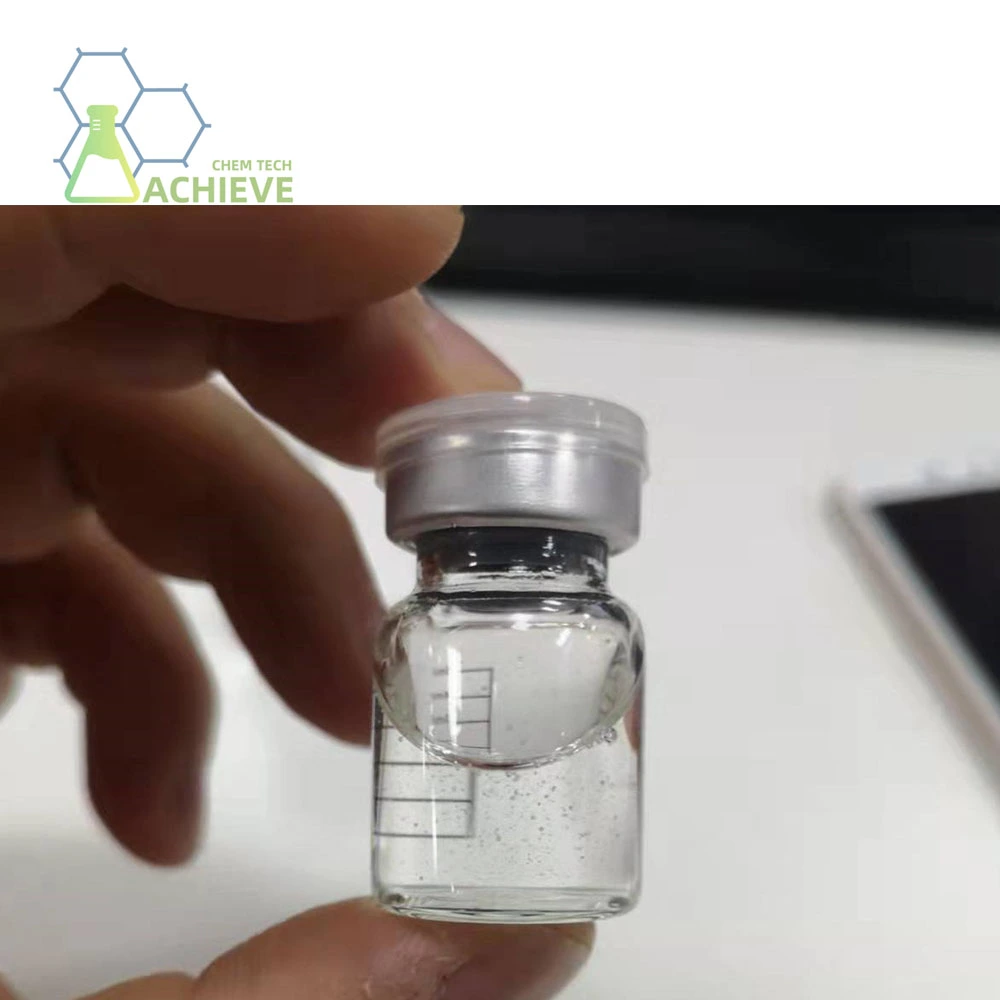
Sources of Stress and Discomfort During GS-441524 Injection Administration
Understanding the root causes of stress and pain during GS-441524 injections is crucial for developing effective strategies to mitigate these issues. Several factors contribute to the discomfort experienced by cats during the injection process:
Physical Discomfort
The primary source of physical discomfort stems from the injection itself. GS-441524 is typically administered subcutaneously, which can cause momentary pain at the injection site. The volume of the medication and the frequency of injections (often daily for several weeks) can lead to cumulative soreness and sensitivity in the treated areas.
Psychological Stress
Beyond the physical aspects, cats may experience significant psychological stress associated with the injection process. This stress can manifest in various ways:
- Anticipatory anxiety as the cat learns to associate certain cues (e.g., preparation of the injection materials) with the upcoming procedure
- Fear of restraint or handling required for the injection
- General unease in unfamiliar or clinical environments if injections are administered outside the home
Environmental Factors
The setting in which injections are administered can significantly impact a cat's stress levels. Unfamiliar sounds, smells, or the presence of strangers (such as veterinary staff) can exacerbate anxiety. Even in a home environment, changes in routine or the introduction of new equipment related to the injection process can be unsettling for cats.
Techniques for Feline Restraint and Stress Reduction Prior to GS-441524 Injection
The administration of GS-441524 injections to cats requires the utilization of appropriate tactics for restraint as well as strategies for stress reduction in order to guarantee the cats' safety and comfort. These techniques are designed to reduce anxiety and make the injection process more comfortable for the patient.
Gentle Restraint Methods
Employing gentle restraint techniques can help keep the cat still during the injection while minimizing stress:
- The "Burrito" or towel wrap method: Gently wrap the cat in a soft towel, leaving only the injection site exposed. This provides a sense of security for many cats.
- Scruffing: While controversial, gentle scruffing (grasping the loose skin at the back of the neck) can be effective for some cats when done correctly and briefly.
- Two-person technique: One person gently holds the cat while the other administers the injection, allowing for more controlled and less stressful handling.
Positive Reinforcement
Creating positive associations with the injection process can significantly reduce stress over time:
- Offer high-value treats before, during, and after the injection to create a positive experience.
- Use calming pheromone sprays or diffusers in the area where injections are administered.
- Incorporate play or affection sessions immediately following the injection to end the experience on a positive note.
Environmental Modifications
Optimizing the environment can help reduce stress during GS-441524 injections:
- Choose a quiet, familiar location for administering injections.
- Maintain a consistent routine for injection times to help the cat anticipate and prepare for the process.
- Use soft, comfortable surfaces for the cat to rest on during the injection.
 |
 |
Methods for Pain Mitigation at the GS-441524 Injection Site
Addressing pain at the injection site is crucial for improving the overall experience of cats receiving GS-441524 treatment. Several strategies can be employed to minimize discomfort:
It is possible to greatly lessen the sensation of pain by applying a topical anesthetic cream or gel to the injection site thirty to sixty minutes before the administration of the injection. Although products containing lidocaine or prilocaine are frequently used, they should only be administered under the supervision of a veterinarian to guarantee the correct dosage and assure the patient's safety.
Applying a cold pack briefly before the injection can help numb the area and reduce pain. Alternatively, some cats may respond better to gentle heat applied after the injection to soothe the site and promote blood flow. Always use protective barriers to prevent skin damage when applying temperature therapy.
Refining the injection technique can significantly reduce pain and discomfort:
- Use the smallest gauge needle appropriate for the medication.
- Rotate injection sites to prevent soreness in one area.
- Ensure the GS-441524 injection is at room temperature to minimize irritation.
- Administer the injection slowly and steadily to reduce tissue trauma.
The Use of Adjunctive Therapies and Devices for Easier GS-441524 Injection
Incorporating adjunctive therapies and specialized devices can enhance the injection experience for both cats and their caregivers:
Calming Supplements
Natural calming aids can help reduce anxiety associated with injections:
- L-theanine supplements have shown promise in reducing stress in cats.
- Tryptophan-rich treats or supplements may promote relaxation.
- Herbal remedies like chamomile or valerian root (under veterinary guidance) can have mild sedative effects.
Specialized Injection Devices
Innovative devices designed for pet injections can improve accuracy and reduce discomfort:
- Needle-free injection systems use high-pressure to deliver medication without a traditional needle.
- Auto-injectors can provide more consistent, controlled injections, potentially reducing pain and stress.
- Comfort-focused needle designs with features like ultra-thin walls or special coatings can minimize tissue damage.
Distraction Techniques
Engaging the cat's attention during the injection process can help divert focus from the procedure:
- Use interactive toys or laser pointers to capture the cat's interest.
- Play calming music or nature sounds to create a soothing atmosphere.
- Offer a lickable treat (e.g., squeeze tube of cat food) during the injection to provide a positive distraction.
Creating a Low-Stress Home Environment for Cats on GS-441524 Injection Therapy
Establishing a calm and supportive home environment is essential for cats undergoing long-term GS-441524 injection therapy. A stress-free living space can contribute significantly to the overall well-being of cats during treatment.
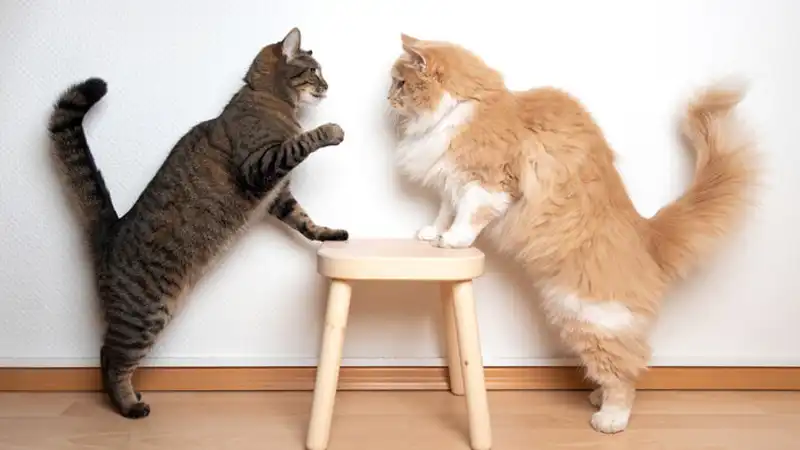
Dedicated Comfort Zones
Create specific areas in the home where the cat feels safe and secure:
- Set up cozy hiding spots using cat beds, boxes, or purpose-built cat furniture.
- Provide elevated resting areas (e.g., cat trees or window perches) to offer a sense of security and control.
- Maintain a consistent, quiet space for injections to help the cat associate that area with calmness.
Environmental Enrichment
Enhance the cat's environment to promote mental and physical well-being:
- Introduce puzzle feeders and interactive toys to stimulate the cat's mind and provide positive distractions.
- Create opportunities for safe outdoor viewing through window perches or catios.
- Rotate toys and activities to maintain novelty and engagement.
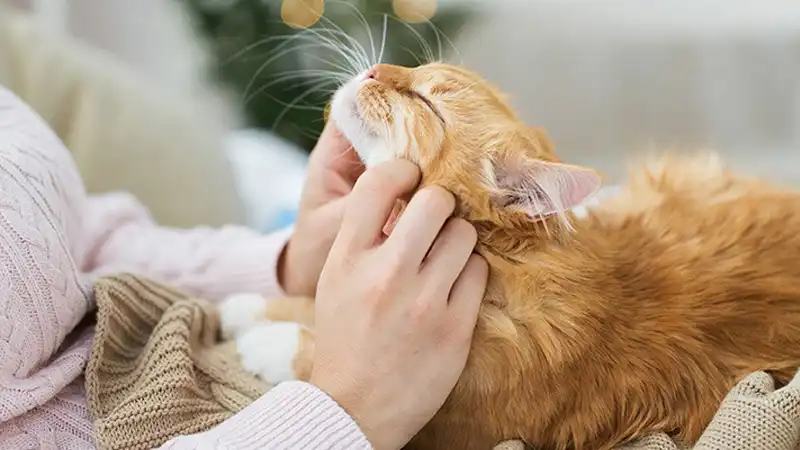

Routine Maintenance
Establish and maintain a consistent daily routine to provide structure and predictability:
- Set regular times for feeding, play, and injections to help the cat anticipate and prepare for daily activities.
- Incorporate gentle grooming sessions to promote bonding and relaxation.
- Ensure quiet periods throughout the day for undisturbed rest and recovery.
Conclusion
Reducing stress and pain during GS-441524 injections is crucial for the well-being of cats undergoing treatment for FIP. By implementing a combination of gentle restraint techniques, pain mitigation strategies, and environmental modifications, pet owners can significantly improve their cat's experience with this fip medication. Remember that each cat is unique, and it may take time to find the most effective approach. Patience, consistency, and close collaboration with your veterinarian are key to successful GS-441524 injection therapy.
FAQ
Q1: How long does a typical course of GS-441524 injections last for FIP treatment?
A1: The standard course of GS-441524 injections for FIP treatment typically lasts 84 days (12 weeks). However, the duration may vary depending on the individual cat's response to treatment and the severity of the disease. Some cats may require extended treatment periods of up to 16-20 weeks in more complex cases.
Q2: Can I administer GS-441524 injections at home, or do they need to be given by a veterinarian?
A2: While GS-441524 injections are often administered at home by pet owners after proper training, the initial doses are usually given under veterinary supervision. Your veterinarian will provide detailed instructions on the correct injection technique, dosage, and monitoring procedures. It's crucial to follow these guidelines closely and maintain regular check-ups throughout the treatment period.
Q3: Are there any side effects associated with GS-441524 injections that I should be aware of?
A3: While GS-441524 is generally well-tolerated, some cats may experience side effects. Common ones include temporary pain or swelling at the injection site, mild lethargy, or decreased appetite. In rare cases, more serious side effects such as fever or neurological symptoms may occur. It's essential to monitor your cat closely and report any concerning symptoms to your veterinarian immediately.
Get High-Quality GS-441524 for Your Feline Patients from BLOOM TECH
We at BLOOM TECH know how important it is for cats to have reliable and effective FIP medicines. Our pharmaceutical-grade GS-441524 injection is made with strict quality control methods that ensure every batch is consistent and works effectively. We have more than ten years of experience making organic compounds and fine chemicals, so we can provide you with the best GS-441524 injection for veterinary use.
Our team of dedicated experts is here to help pet owners and vets through the whole treatment process. To make sure that feline patients have the best possible results, we offer full product information, dosing instructions, and technical support.
When it comes to FIP treatment, don't skimp on quality. If you want to buy GS-441524 from a company you can trust, choose BLOOM TECH. Contact us today at Sales@bloomtechz.com to learn more about our products and how we can support your veterinary practice as a leading GS-441524 manufacturer.
References
1. Pedersen, N. C., et al. (2019). Efficacy and safety of the nucleoside analog GS-441524 for treatment of cats with naturally occurring feline infectious peritonitis. Journal of Feline Medicine and Surgery, 21(4), 271-281.
2. Addie, D. D., et al. (2020). Feline infectious peritonitis. ABCD guidelines on prevention and management. Journal of Feline Medicine and Surgery, 22(11), 1028-1048.
3. Dickinson, P. J., et al. (2020). Antiviral treatment using the adenosine nucleoside analogue GS-441524 in cats with clinically diagnosed neurological feline infectious peritonitis. Journal of Veterinary Internal Medicine, 34(4), 1587-1593.
4. Murphy, B. G., et al. (2018). The nucleoside analog GS-441524 strongly inhibits feline infectious peritonitis (FIP) virus in tissue culture and experimental cat infection studies. Veterinary Microbiology, 219, 226-233.
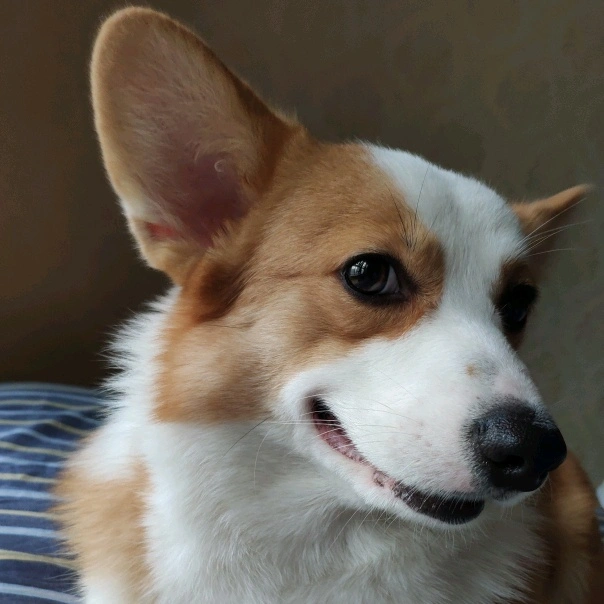
Echo
9 years of experience in chemical articles; Doctoral degree; Organic Chemistry major; R&D-4 Dept; Technology support; R&D engineer
Anticipating your Business & Technology support inquiry
Please send us the products that interest you, and we will provide you with one-on-one service
Recommended Blog
_副本_1762480973082.webp)
How much does GS 441524 treatment cost for a full FIP recovery?
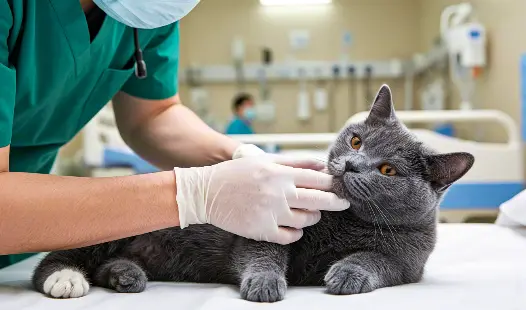
How to Create a GS-441524 Treatment Plan After an FIP Diagnosis?
_副本_1762738662832.webp)
Are there new antiviral drugs similar to GS 441524 under development?




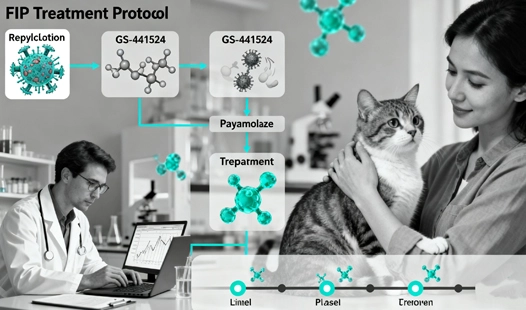
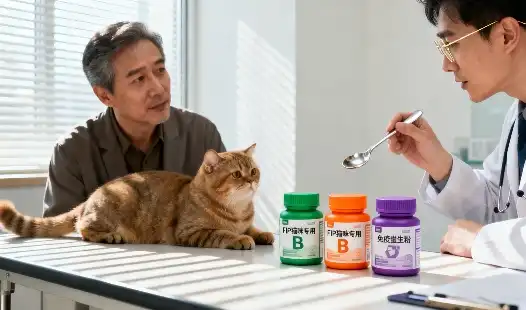
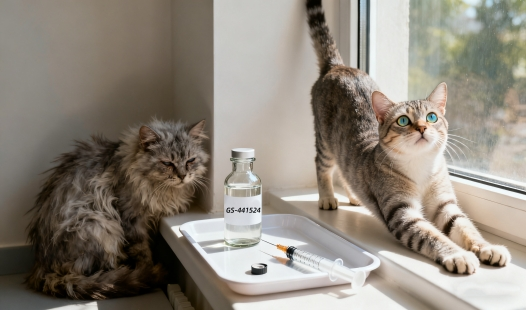
_副本_1761792439176.webp)
